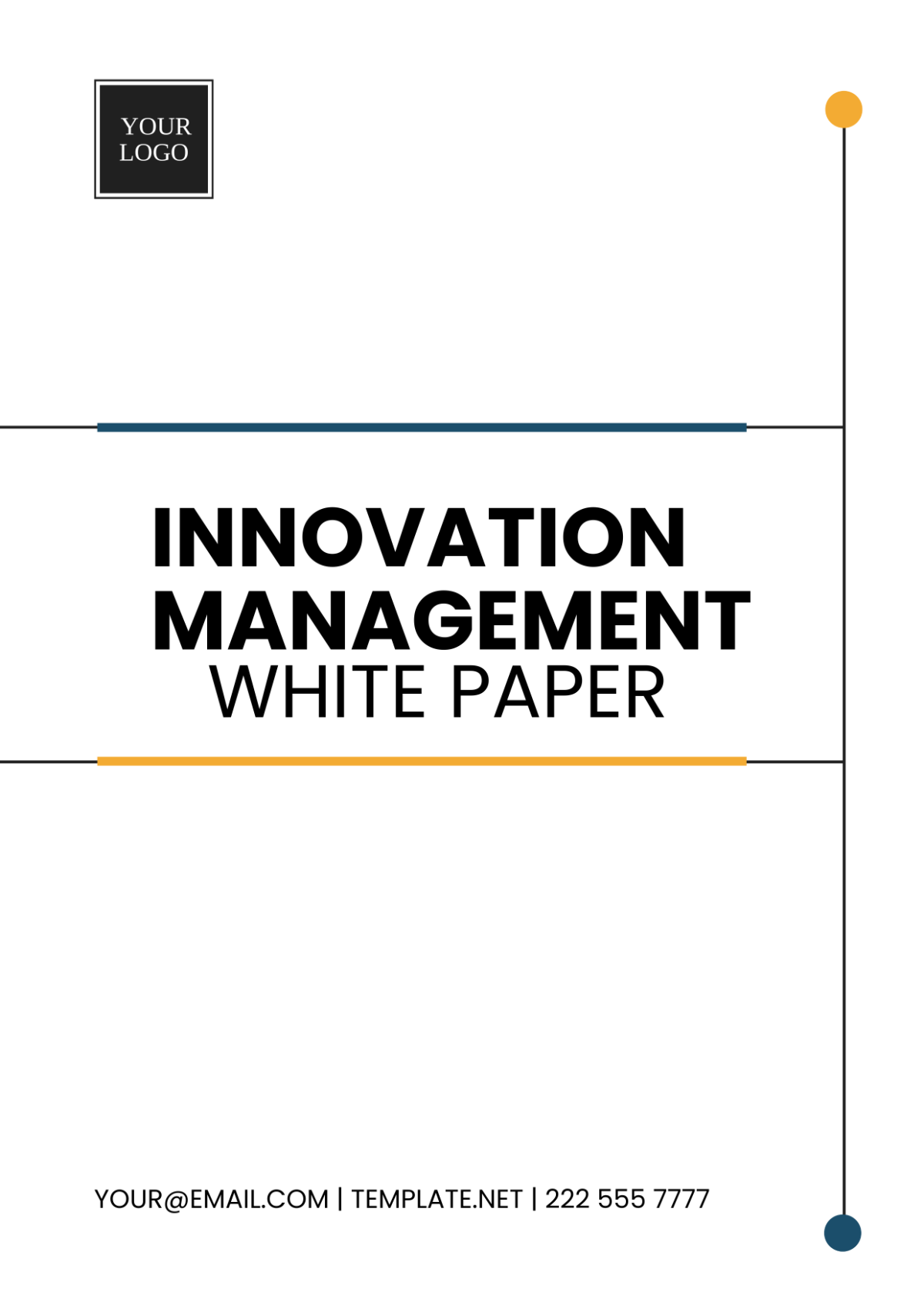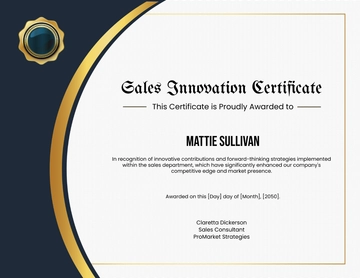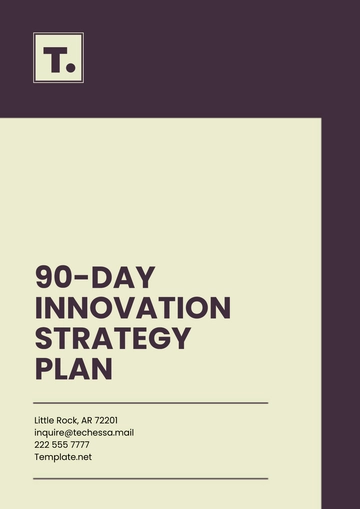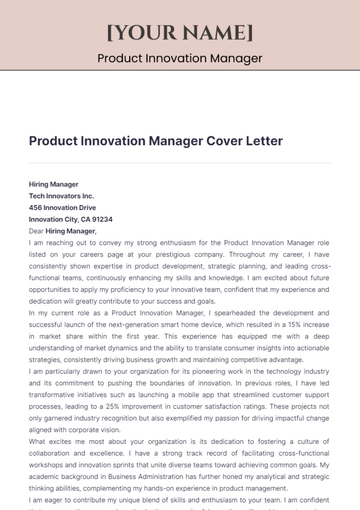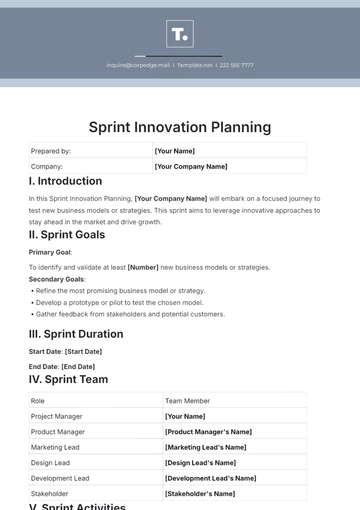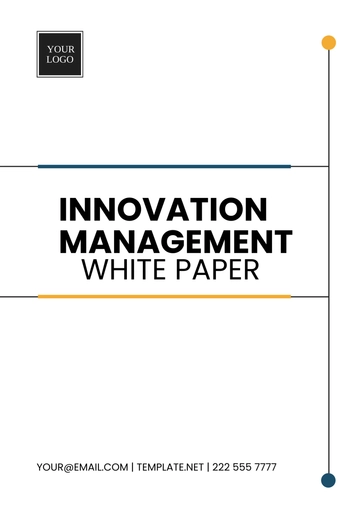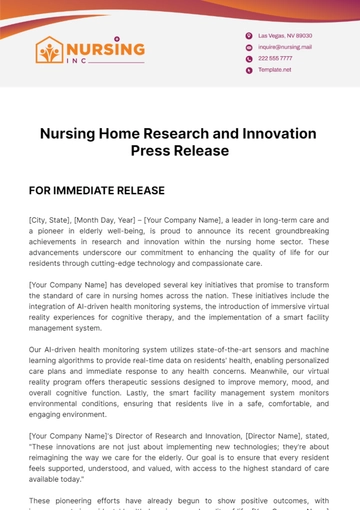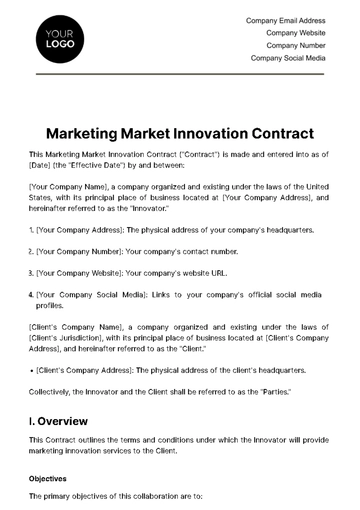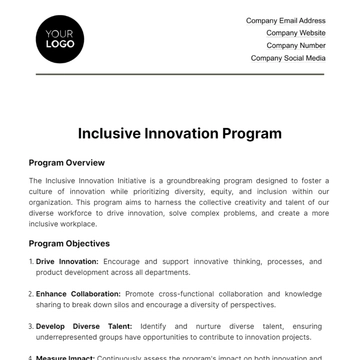Innovation Management White Paper
Optimizing Portfolio Management for Strategic Success
Author: [YOUR NAME]
Company: [YOUR COMPANY NAME]
Date: [DATE]
1. Introduction
In today's dynamic business landscape, effective innovation management is paramount for organizations striving to maintain competitiveness and drive sustainable growth. Central to this endeavor is the strategic management of innovation portfolios—collections of projects, initiatives, and investments designed to deliver on organizational objectives. This white paper serves as a comprehensive guide to optimizing portfolio management practices, equipping decision-makers with the principles, strategies, and methodologies necessary to enhance value and achieve strategic goals efficiently.

2. Understanding Innovation Portfolio Management
Innovation portfolio management involves the systematic selection, prioritization, and oversight of innovation initiatives within an organization. By strategically allocating resources and investments across a diverse range of projects, businesses can optimize their innovation portfolios to align with overarching objectives, mitigate risks, and maximize returns.
3. Key Principles and Strategies
A. Strategic Alignment
Successful innovation portfolios are tightly aligned with the organization's strategic vision and goals. Clear prioritization criteria ensure that projects contribute directly to key business objectives.
B. Risk Management
Balancing risk and reward are essential. Effective portfolio management involves diversifying investments across different risk profiles while maintaining an overarching risk management strategy.
C. Resource Optimization
Limited resources necessitate efficient allocation. Portfolio managers must optimize resource allocation to maximize innovation impact while minimizing waste.
D. Flexibility and Adaptability
Innovation portfolios should remain adaptable to evolving market conditions and strategic shifts. Regular reassessment and realignment are crucial for sustained success.
4. Methodologies for Effective Portfolio Management
A. Stage-Gate Process
Implementing a structured stage-gate process ensures rigorous project evaluation at each stage of development, allowing for informed decision-making and resource allocation.
B. Balanced Scorecard
Utilizing a balanced scorecard approach enables a holistic assessment of projects based on multiple dimensions, including financial, customer, internal processes, and learning and growth perspectives.
C. Agile Portfolio Management
Applying agile methodologies at the portfolio level fosters responsiveness and promotes iterative development, facilitating faster adaptation to market feedback.
5. Conclusion
Innovation portfolio management is a strategic imperative for organizations aiming to drive continuous innovation and achieve sustained growth. By adopting the principles, strategies, and methodologies outlined in this white paper, decision-makers can optimize portfolio selection, prioritization, and oversight processes, ensuring alignment with organizational objectives and enhancing overall value creation.
For further insights and tailored recommendations, please contact [YOUR COMPANY NAME] at [YOUR COMPANY NUMBER].
White Paper Templates @ Template.net
